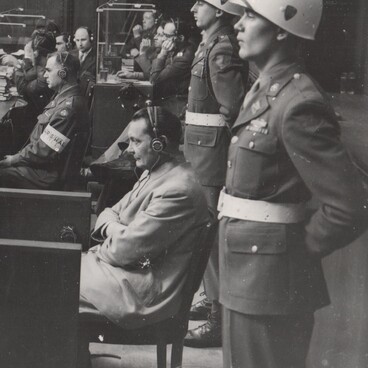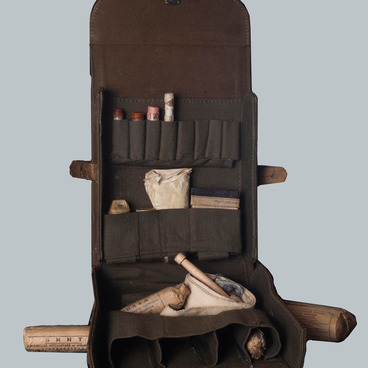During the siege of Leningrad, the City Committee of the All-Union Communist Party (Bolsheviks) was requested by the State Defense Committee to take stock of the food supplies available in the city. It turned out that most of the harvest had been left in the fields under fire.
The All-Union Vitamin Research Institute was aware that the citizens faced the risk of not only hunger but also avitaminosis and hypovitaminosis, which could result in life-threatening illnesses. The most dangerous type of avitaminosis was scurvy — a disease resulting from a lack of vitamin C.
Some of the institute’s employees had personally experienced the terrible effects of such vitamin deficiency when they suffered from scurvy during World War I. Some believed that “more people died from scurvy during the previous war than from bullets and shells.” To ensure an adequate supply of vitamin C, also known as ascorbic acid, vitamin supplements were required. Pine needles were chosen as a source of vitamin C.
Alexey Bezzubov was head of the chemical engineering department at the All-Union Vitamin Research Institute and a consultant to the Medical Department of the Leningrad Front. He was appointed to supervise the supply of fir needle tincture to Leningrad. In the shortest possible time, the Research Institute needed to develop the technology for producing fir-needle-based supplements both in industrial and domestic conditions.
The work was carried out in two shifts. By October 15, 1941, draft instructions for producing fir needle tincture had been prepared. The process was quite simple. First, it was necessary to sort the fir needles, wash them, separate them from the wood, wash them once again, and pestle them. Then, vitamin C was extracted by treating the crushed needles with a 0.5% solution of acetic, citric, or tartaric acid which could be found in abundance in the warehouses of confectionery factories.
The resulting tincture was filtered and poured into bottles, canisters, and barrels. The greenish, sour beverage did not resemble a medicinal mixture. On November 18, 1941, the Leningrad City Executive Committee adopted a resolution on measures to prevent avitaminosis. The Leningrad Fruit and Vegetable Warehouse was required to supply 30 tons of fir needles per day to the distillery, vitamin plants, and other enterprises.
By using 100 to 200 grams of fir needle tincture daily, citizens could maintain the appropriate level of vitamin C. Instructions on how to prepare the tincture at home were repeatedly broadcasted on the radio. By the fall of 1942, measures had been adopted to prevent severe cases of vitamin C deficiency.


